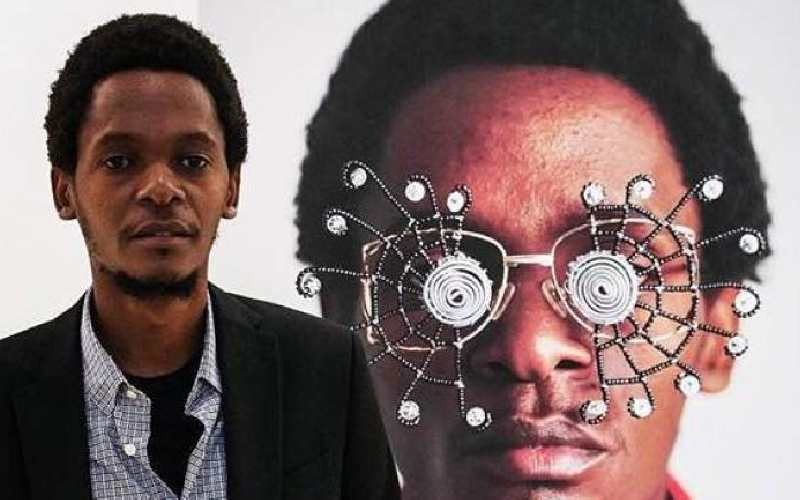×
The Standard e-Paper
Informed Minds Prefer The Standard

Sculptor and painter Cyrus Kabiru. [Muhunyo Maina, Standard]
There are many different mediums that artistes use to make their pieces. All of us know of drawing in pencil, but one can use charcoal, schoolboard chalk or even ink pens to draw. I have seen artistes use any and everything to create art.